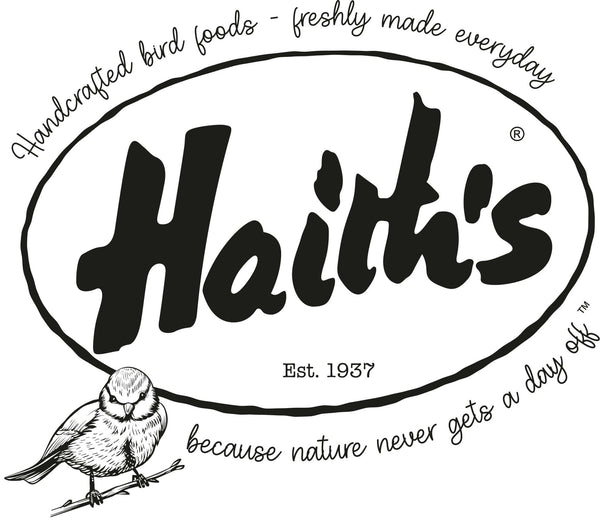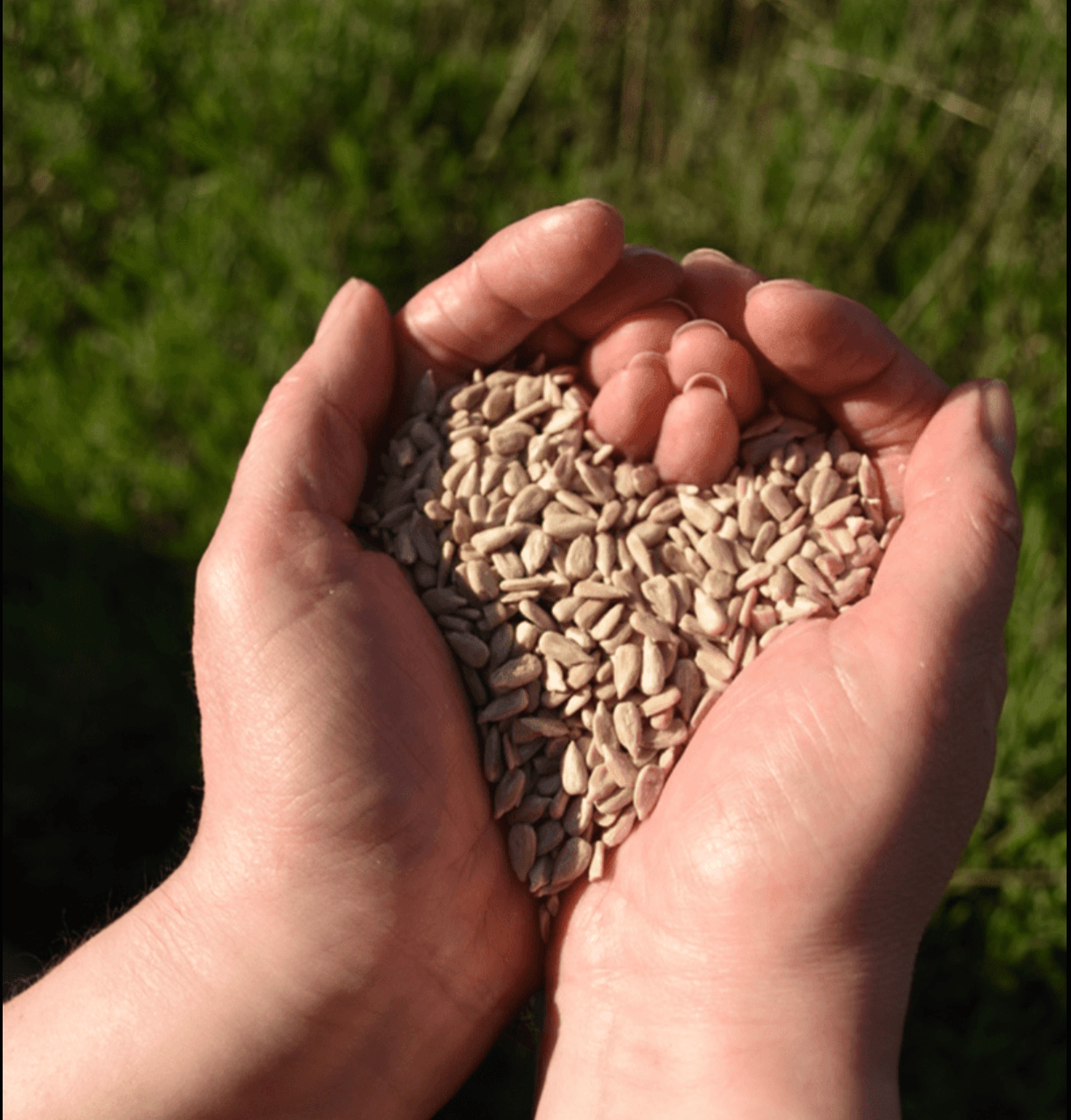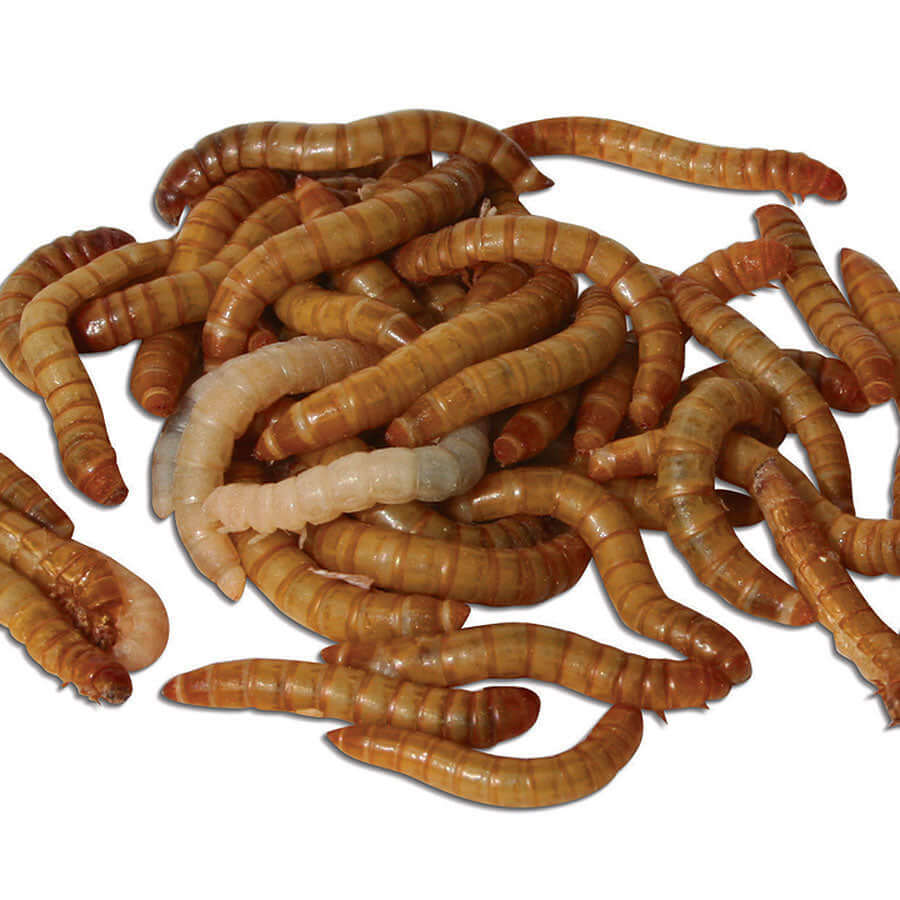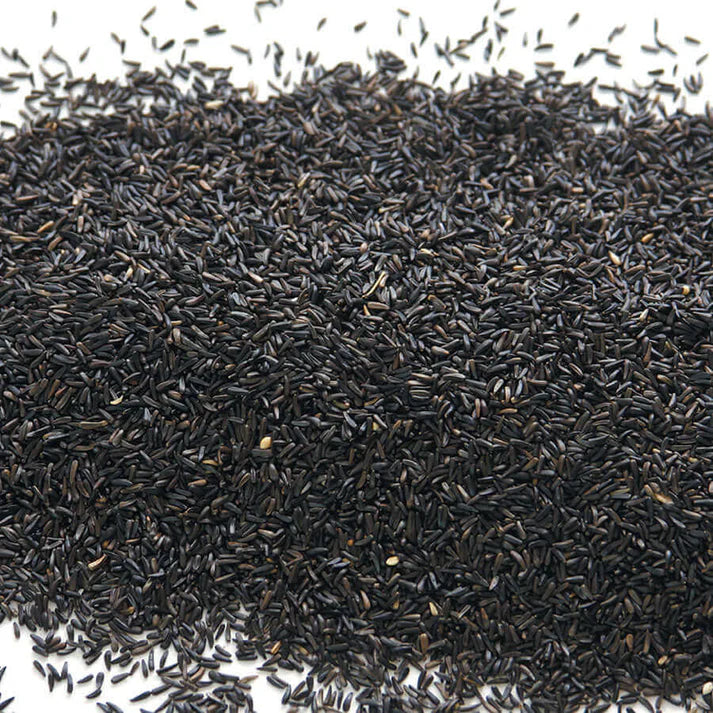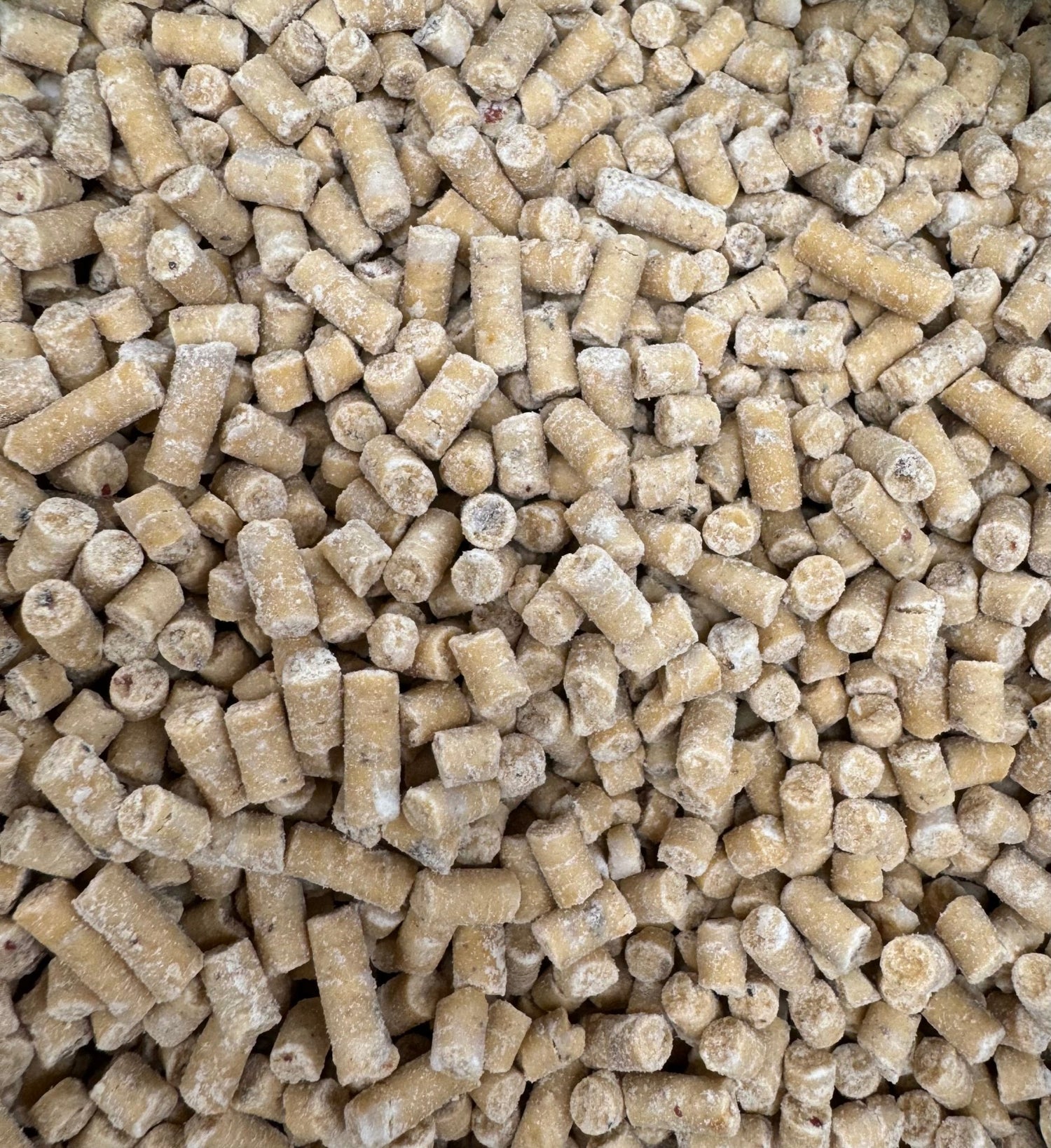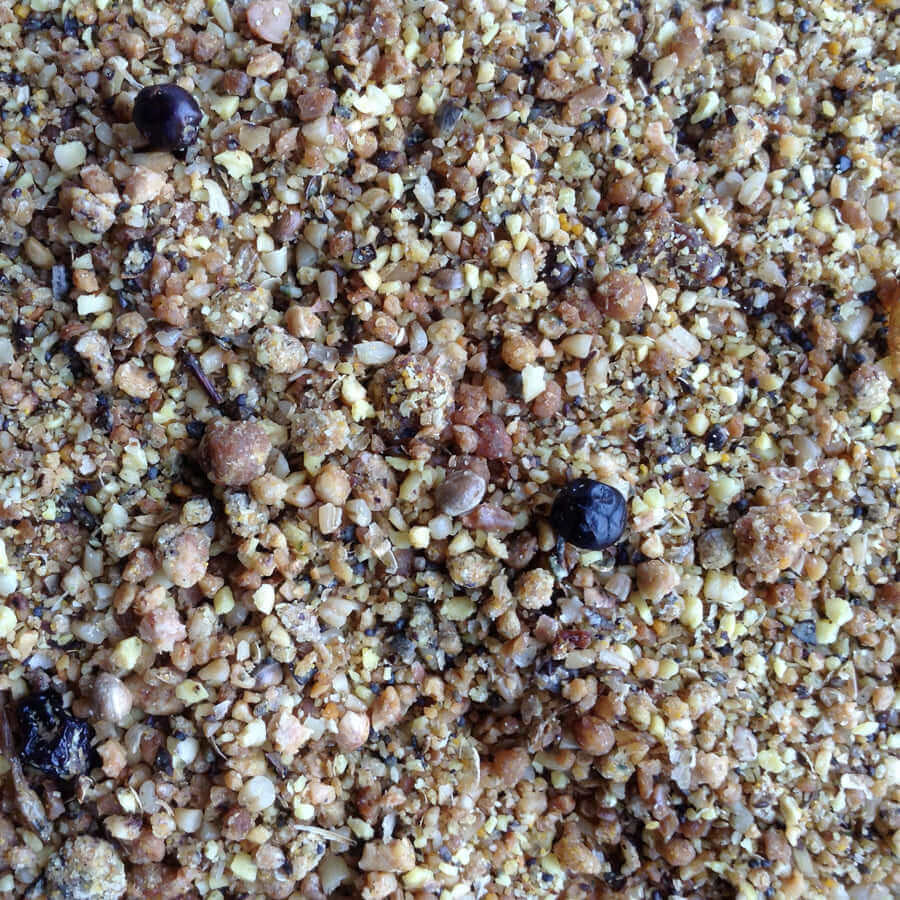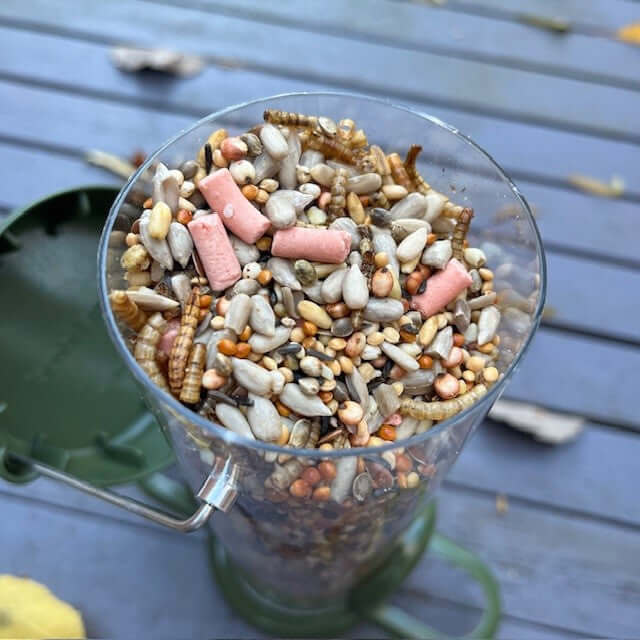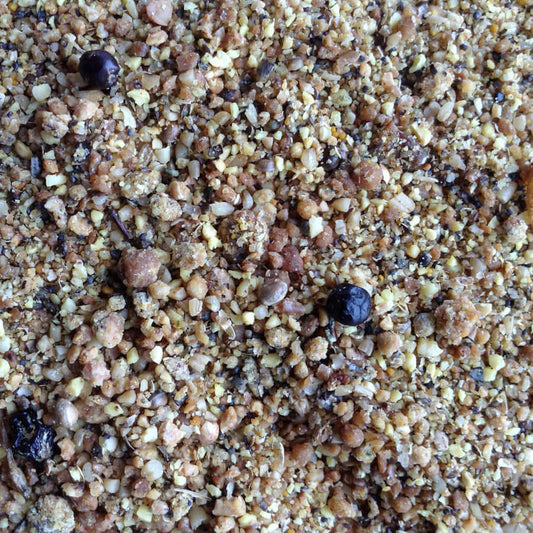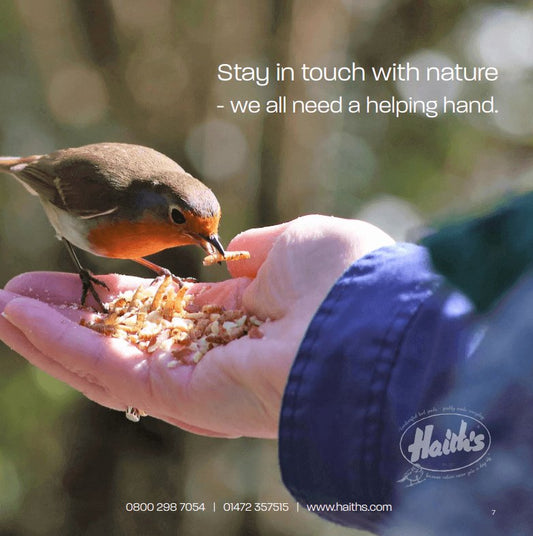🪶 August is Moult Month – Let’s Feed Smarter
When birds moult, they shed and regrow feathers—one of the most demanding times of their year. That’s why we’ve launched August Moult Month, a chance to help your birds stay healthy and strong.
Help Birds Through the Moult – Free Prosecto with Medley!
Nurture your garden birds with the perfect protein & energy combo. Limited time only.
HAITH'S TO HOME
Medley™ - High Energy Extra!
Share








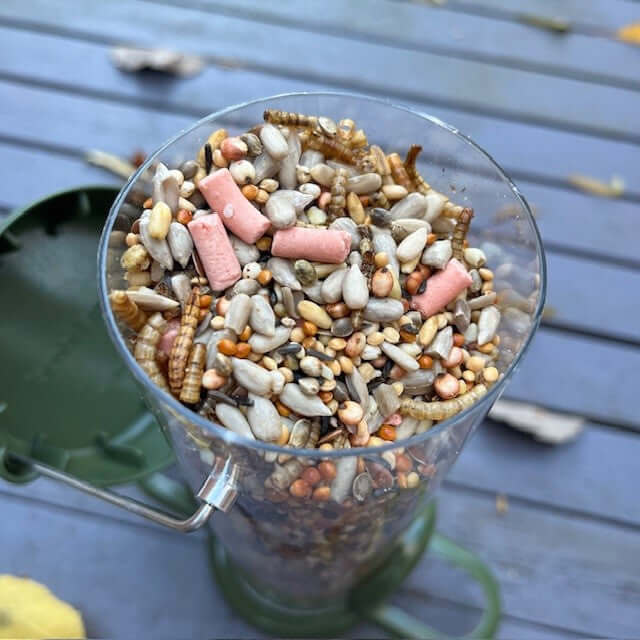
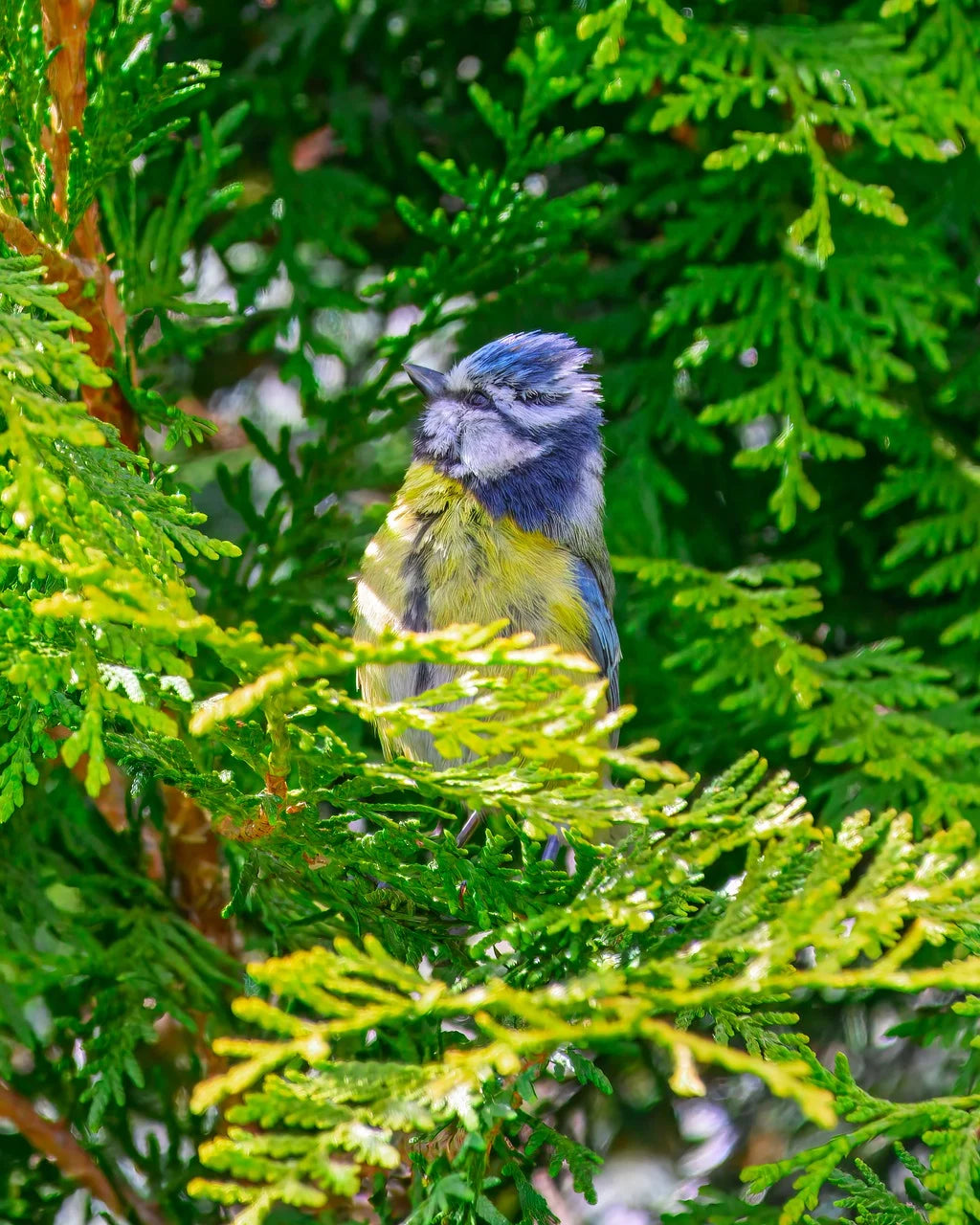
As the golden hues of late summer settle in, our garden birds quietly begin one of the most demanding phases of their year - the annual moult. Unlike the noisy springtime flurry of nesting and fledging, the moult happens in near silence, but it’s no less significant. August is a crucial month for birds, and with just a little extra support from us, they can emerge into autumn with strong, healthy feathers and renewed energy.
Here’s how you can make a real difference during the moult, and why your help matters now more than ever.
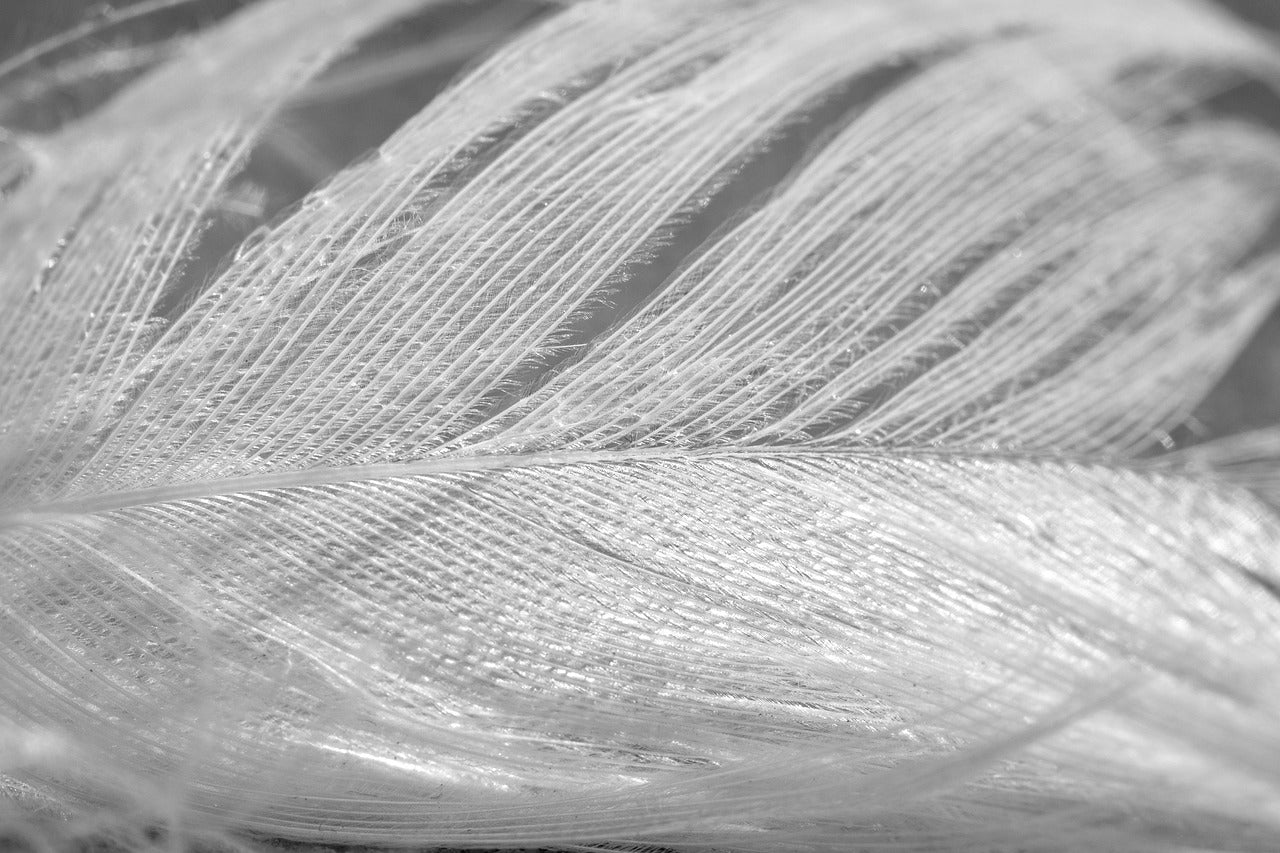
What is the Moult?
Moulting is the natural process by which birds shed old, worn feathers and grow new ones. This typically happens once a year, often after the breeding season, although some species moult more frequently. Feathers don't last forever. Over time, they become damaged and lose their insulating and waterproofing properties - vital functions for flight, temperature control, and protection from the elements. During the moult, birds gradually lose and regrow feathers in a carefully balanced sequence to ensure they’re not left too exposed or flightless. However, replacing an entire set of feathers takes a huge amount of energy and nutrients-making this one of the most vulnerable times for garden birds.
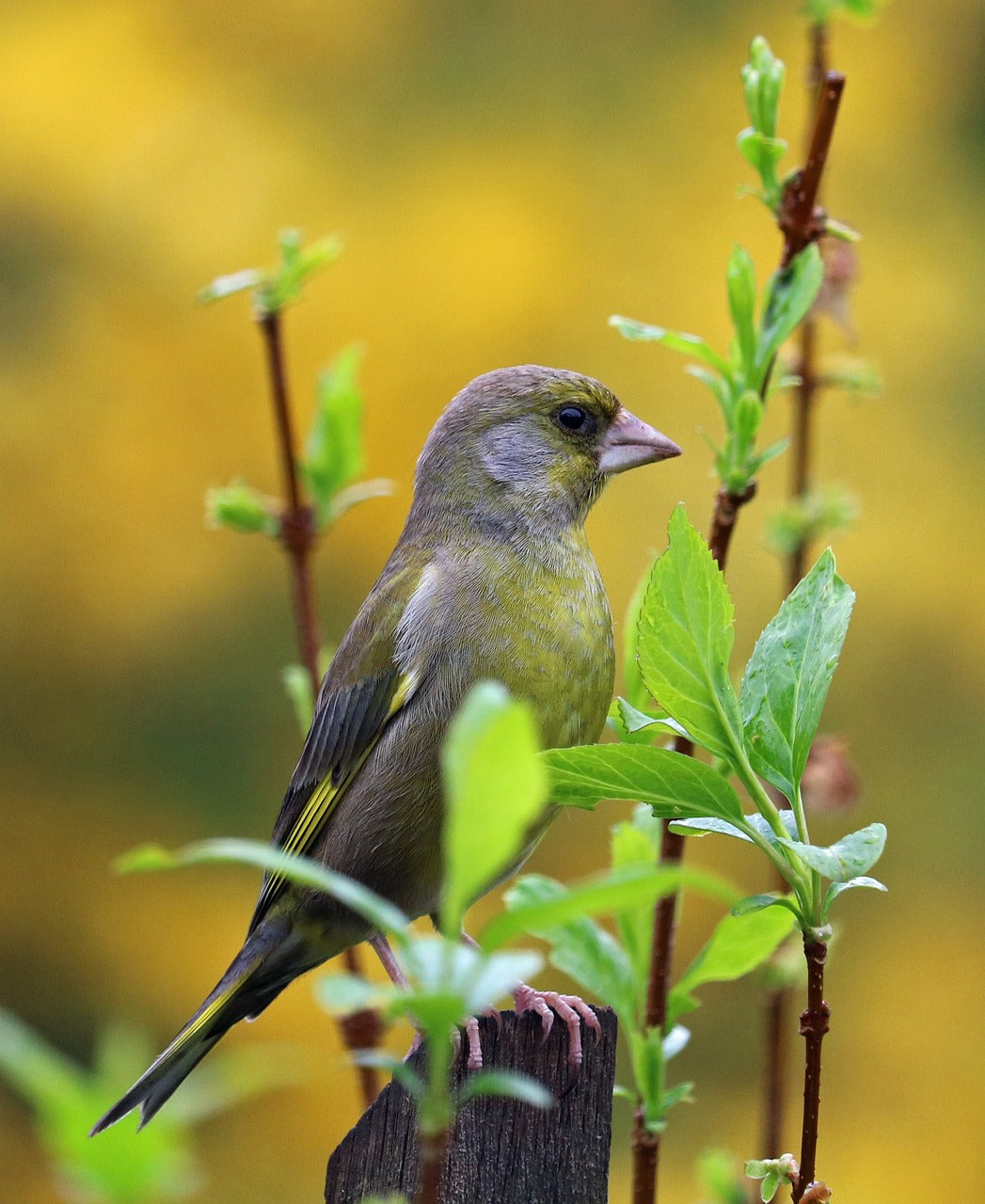
Why August is Hard for Birds
August may feel like a quiet, easy- going month in the garden, but for birds, it’s anything but restful.
By now, most fledglings have left the nest, and adults are depleted after weeks of feeding hungry chicks. On top of this, their food supply in the wild is often inconsistent. Natural insect populations begin to wane, and the availability of seeds and berries hasn’t yet peaked. All this happens just as birds need extra protein, fats, and vitamins to support feather regrowth.
Birds in mid-moult may also become less mobile or agile, making them more susceptible to predators. Their feathers might look patchy, and some even become temporarily flightless. This is when a reliable, well-stocked feeding area in your garden can be a true sanctuary.
Best Foods for Strength and Feather Health
Feathers are made up primarily of keratin - the same protein found in our hair and
nails. So, it’s no surprise that protein is the number one nutrient birds need during the moult. Look for mixes and products with high-quality ingredients and minimal waste, ensuring everything you put out is usable and beneficial. Here are our top foods to support moulting birds:
What Fledglings Need Now
Although fledgling season peaks in early summer, many young birds are still developing in August. They may be independent but are not yet fully experienced foragers. Their nutritional needs remain high as they grow adult feathers and adjust to life outside the nest.
For them, softer foods are especially important. Why not try:
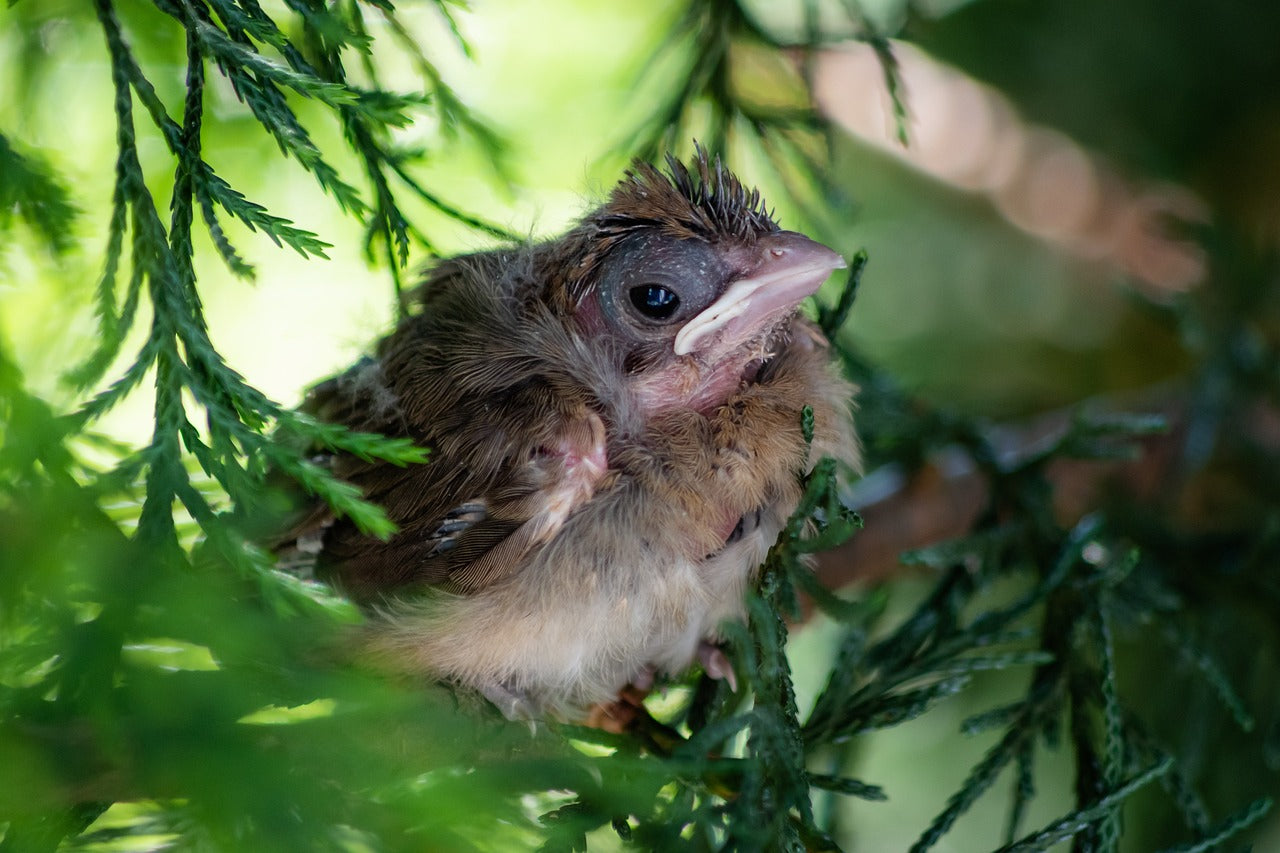
Fledglings also benefit from calm feeding areas with plenty of cover. Dense shrubs or nearby hedges give them the confidence to explore feeders safely.

Water & Hygiene Tips
Water is just as essential as food - especially during the moult. Birds use it for drinking and bathing, which helps keep their feathers in top condition and
encourages the old ones to fall out more smoothly.
Tips for providing water:
- Keep birdbaths shallow and clean
- Change water daily to prevent bacteria
- Add a second dish in a shady area for variety
- Place baths near bushes or trees for a quick escape route
Feeder hygiene is equally vital. Dirty feeders can harbour harmful bacteria and fungi. Clean all feeding equipment with warm water and a bird-safe disinfectant at least once a week - more often during wet or humid spells.
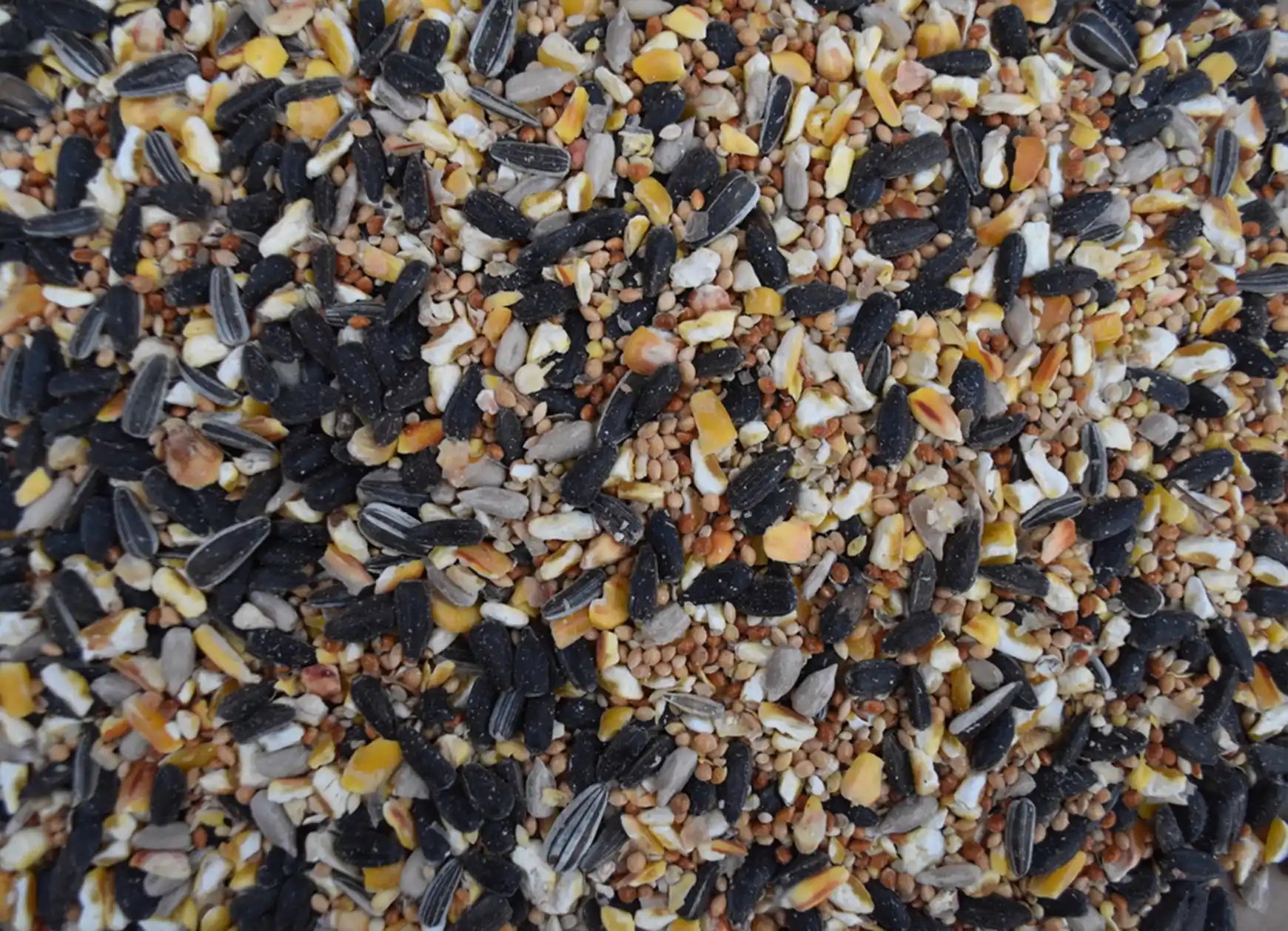
Haith’s SuperClean™ Advantage
At Haith’s, we take bird health seriously - and that starts with clean, safe food. Our SuperClean™ seed process goes beyond standard cleaning. We remove dust, extraneous husks, and contaminants to ensure the mixes are as safe as they are nutritious. This means birds get more goodness from every bite and less risk of irritation or respiratory issues from airborne particles. During the moult, when birds are already stressed and vulnerable, SuperClean™ seed provides a trusted, hygienic food source that supports their health from the inside out.
How to Help: Daily Feeder Ideas
Consistency is key. Birds benefit from knowing where and when they can find food. Keep feeders topped up and in the same location - preferably out of the wind, near cover, and in a shaded spot to avoid spoilage. Here's our daily feeding schedule idea:
-

Morning
Scatter some mealworms and softfood on a ground tray or low table.
-

Midday
Top up hanging feeders with Haith’s Huskfree Advance™ or a custom seed mix.
-

Late afternoon
Add suet blocks or suet pellets to energy-rich feeders as birds prepare to roost.
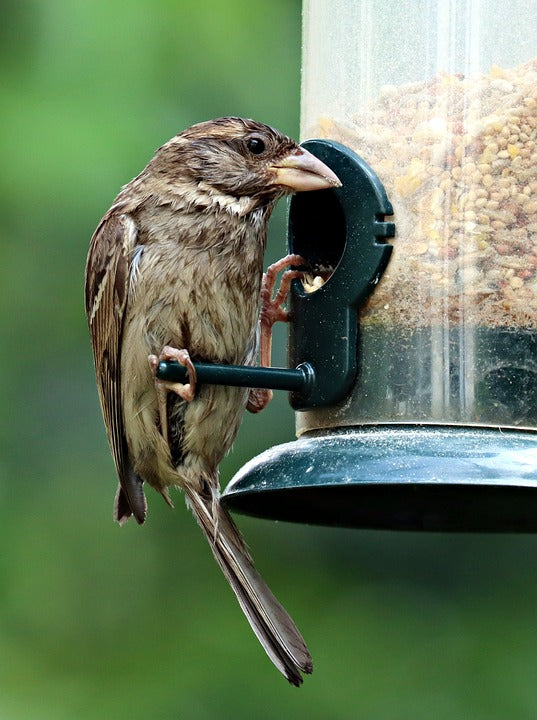
Don’t forget to rotate feeder types (hanging, ground, tray) to cater for different species and reduce crowding.
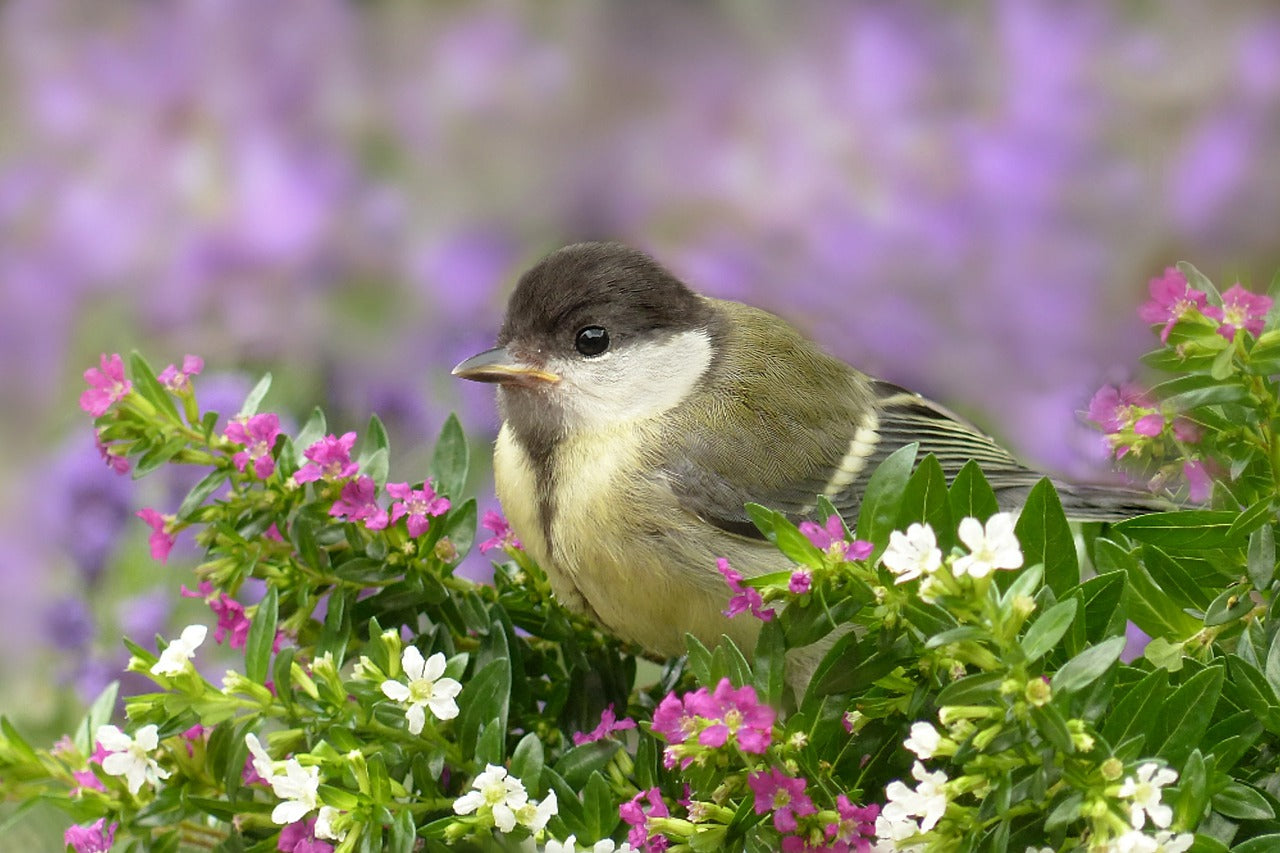
August maybe a quieter time in the garden, but behind the scenes, our birds are working hard to prepare for colder days ahead. The moult is exhausting, vulnerable, and nutritionally demanding - yet with a few thoughtful changes, you can turn your garden into a refuge of support and recovery. Choose Haith’s SuperClean™ range to give your birds a head start and enjoy the reward of seeing them thrive - glossy, strong, and ready for the seasons to come. Let’s keep Britain’s birds bold, bright, and beautifully feathered - one beakful at a time
Summer soft foods start with Haith's
Soft on Beaks, Big on Nutrition – unique & only available from us.
-
Prosecto™ Insectivorous Bird Food
Vendor:HAITH'S to HOME4.22 / 5.0
(9) 9 total reviews
Regular price From £6.99 GBPRegular priceUnit price / per£6.99 GBPSale price From £6.99 GBP -
Dried Mealworms for wild birds
Vendor:HAITH'S to HOME5.0 / 5.0
(35) 35 total reviews
Regular price From £6.29 GBPRegular priceUnit price / per£6.29 GBPSale price From £6.29 GBP -
Fat Robin™ - Soft & Nutritious Bird Blend
Vendor:HAITH'S to HOME4.45 / 5.0
(20) 20 total reviews
Regular price From £4.99 GBPRegular priceUnit price / per£4.99 GBPSale price From £4.99 GBP -
Songster Food for Ground-Feeding Birds
Vendor:HAITH'S to HOME4.95 / 5.0
(19) 19 total reviews
Regular price From £5.95 GBPRegular priceUnit price / per£5.95 GBPSale price From £5.95 GBP
